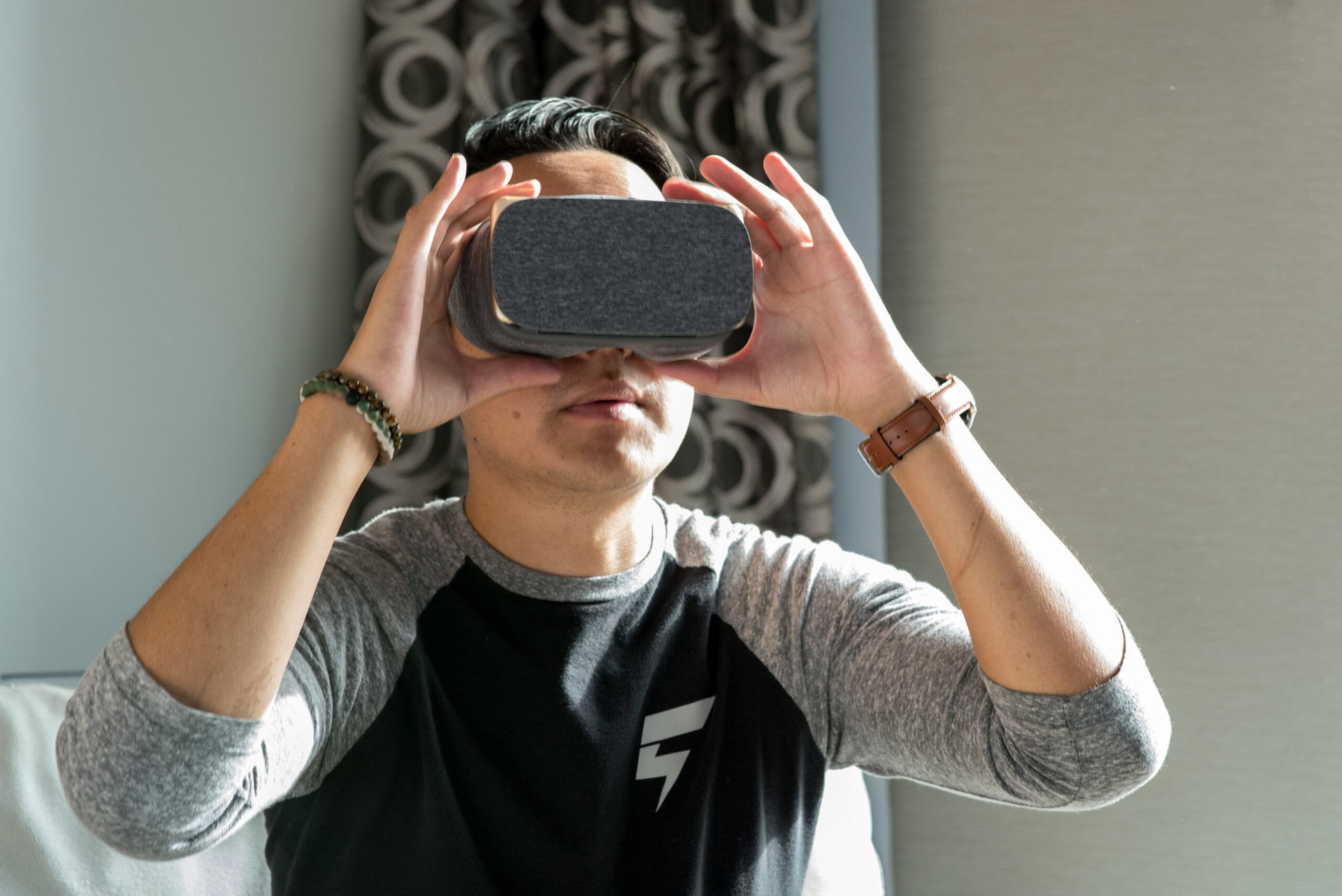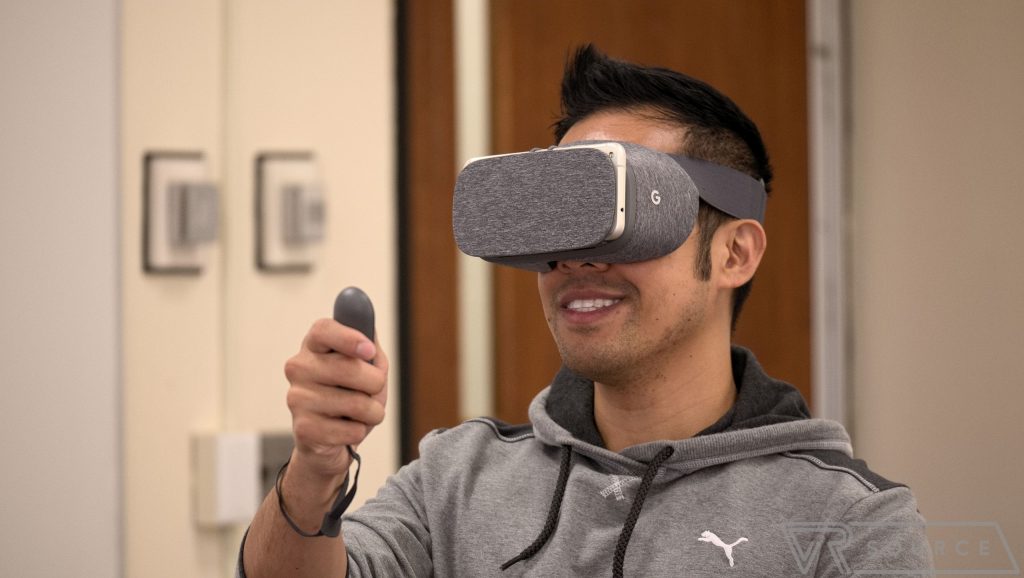Affiliate links on Android Authority may earn us a commission. Learn more.
YouTube and Daydream team up to improve VR videos

If you’ve ever watched VR videos, you may have been disappointed by their quality. That’s why YouTube and Daydream are working together to introduce a better way to project VR videos, making them look more realistic.

YouTube officially launched support for 360-degree videos back in 2015, followed by support for VR videos. VR devices are yet to take off fully, but the infrastructure needed is slowly growing. However, as you may have noticed, VR content doesn’t always look too impressive: that’s because in order to create truly and fully immersive content, these videos would have to match human visual acuity, which is 60 pixels per degree, but that’s just not possible with today’s technology. So how do we make these videos look more realistic with the technology we have today?
For a lot of existing VR content, a technique called equirectangular projection is used, which is easy to produce and easy to edit. However, as YouTube points out, equirectangular projection has some major drawbacks.
Well, YouTube and Daydream may have an answer, and it’s all about better projections. A projection is essentially the mapping technique used to put a 360-degree view onto a rectangular surface. And for a lot of existing VR content, a technique called equirectangular projection is used, which is easy to produce and easy to edit. However, as YouTube points out, equirectangular projection has some major drawbacks:
- It has high quality at the poles (top and bottom of image) where people don’t look as much – typically, sky overhead and ground below are not that interesting to look at.
- It has lower quality at the equator or horizon where there is typically more interesting content.
- It has fewer vertical pixels for 3D content.
- A straight line motion in the real world does not result in a straight line motion in equirectangular projection, making videos hard to compress.
Initially, the company looked into cubemap projection, something that has been used in computer games for a while now. In contrast to equirectangular projection where the top and the bottom parts have too many pixels available and are subsequently wasted, cubemap projection has virtually no wasted pixels, and the optimal pixel density is found in the center, which is where the main content is usually displayed. Unfortunately, cubemap projection has “cubes” of insufficient pixel areas across the center in between optimal pixel density areas, meaning the images here are distorted or pixelated.
That’s where YouTube and Daydream’s new equi-angular cubemap projection (EAC) comes in. As the company explains, EAC produces evenly-spread pixels and generally looks better than conventional methods:
As opposed to traditional cubemap, which distributes equal pixels for equal distances on the cube surface, equi-angular cubemap distributes equal pixels for equal angular change… We asked people to rate the quality of each without telling them which projection they were viewing. People generally rated EAC as higher quality compared to other projections.
YouTube and Daydream have invited industry experts to comment on this new projection technology for VR content and are hoping that EAC will become a new industry standard. You can visit YouTube’s official blog to see differences in quality between EAC and traditional projections – it’s quite noticeable. While VR technology is at its nascent stage, innovative methods like this to improve its quality could propel its momentum even further.
Do you own a VR device? What are your thoughts on the quality of VR content? Let us know by leaving a comment below!